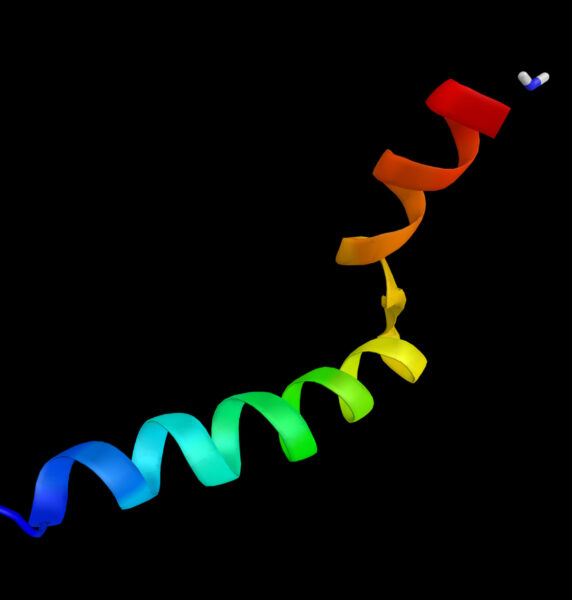
Most of the metabolism workflows imply the analysis of multiple samples, like multiple incubation times, multiple matrix or multiple conditions. Therefore, in addition of the automation of the single analysis steps (peak detection and metabolite structure elucidation) we have also developed tools that automatize the parsing and clustering of the results from multiple sample experiments storing the results that ensure the integrity of the original data as well as the steps used to get to the final reports. The overall process now can be now done without human intervention, reducing the demand of experts’ time of the analysis of a single analysis and increasing the throughput of the experiments providing more information to the projects that can take better and faster drug design decisions.
Articles:
- Machine Learning-Assisted False Positive Detection in Metabolite Identification Workflows
- December 10, 2025. Ramon Adàlia, Paula Cifuentes, Joyce Liu, Lionel Cheruzel, Gemma Sanjuan, Tomàs Margalef, Ismael Zamora
- Prediction of peptide cleavage sites using protein language models and graph neural networks
- October 30, 2025. Paula Cifuentes, Ramon Adàlia, Ismael Zamora
- WebMetabase: cleavage sites analysis tool for natural and unnatural substrates from diverse data source
- February 2019. Radchenko T; Fontaine F; Morettoni L; Zamora I
- Software-aided approach to investigate peptide structure and metabolic susceptibility of amide bonds in peptide drugs based on high resolution mass spectrometry
- November 2017. Radchenko T; Brink A; Siegrist Y; Kochansky C; Bateman A; Fontaine F; Morettoni L; Zamora I
Posters:
- Software-aided approach designed to analyze and predict cleavage sites for peptides
- 73rd ASMS Conference on Mass Spectrometry. June 2025.
- Machine Learning-Assisted False Positive Detection in Metabolite Identification Workflows
- 72nd ASMS Conference on Mass Spectrometry. June 2024
- An automated software-assisted approach for exploring metabolic susceptibility and degradation products in macromolecules using High-Resolution Mass Spectrometry
- 72nd ASMS Conference on Mass Spectrometry. June 2024
- Software assisted analysis for Peptide Catabolism
- Institute for Research in Biomedicine (IRB Barcelona) 35 EPS European Peptide Symposium, Dublin (Ireland) … August 2018
- Peptide catabolite identification using HDMSE Data and MassMetaSite processing
- 66th ASMS Conference on Mass Spectrometry and Allied Topics, San Diego (United States of America) … 06 June 2018
- Peptide metabolism: High resolution mass Spectrometry tool to investigate peptide structure and amine bond metabolic susceptibility
- American Peptide Symposium, Whistler (Canada)… 17 June 2017
- Peptide metabolism: Identification of Metabolite structures of GLP-1 receptor agonists in different in-vitro systems using high resolution mass spectrometry
- 64th ASMS Conference on Mass Spectrometry and Allied Topics, San Antonio, TX (United States of America) … 05 June 2016
Videos:
- Metabolite ID For Peptides Made Simple
- Practical Applications for Drug Discovery 2020 Webinar. Tatiana Radchenko
- Proprietary Peptide Visualization Within MassMetaSite
- Practical Applications for Drug Discovery 2020 Webinar. Tatiana Radchenko



